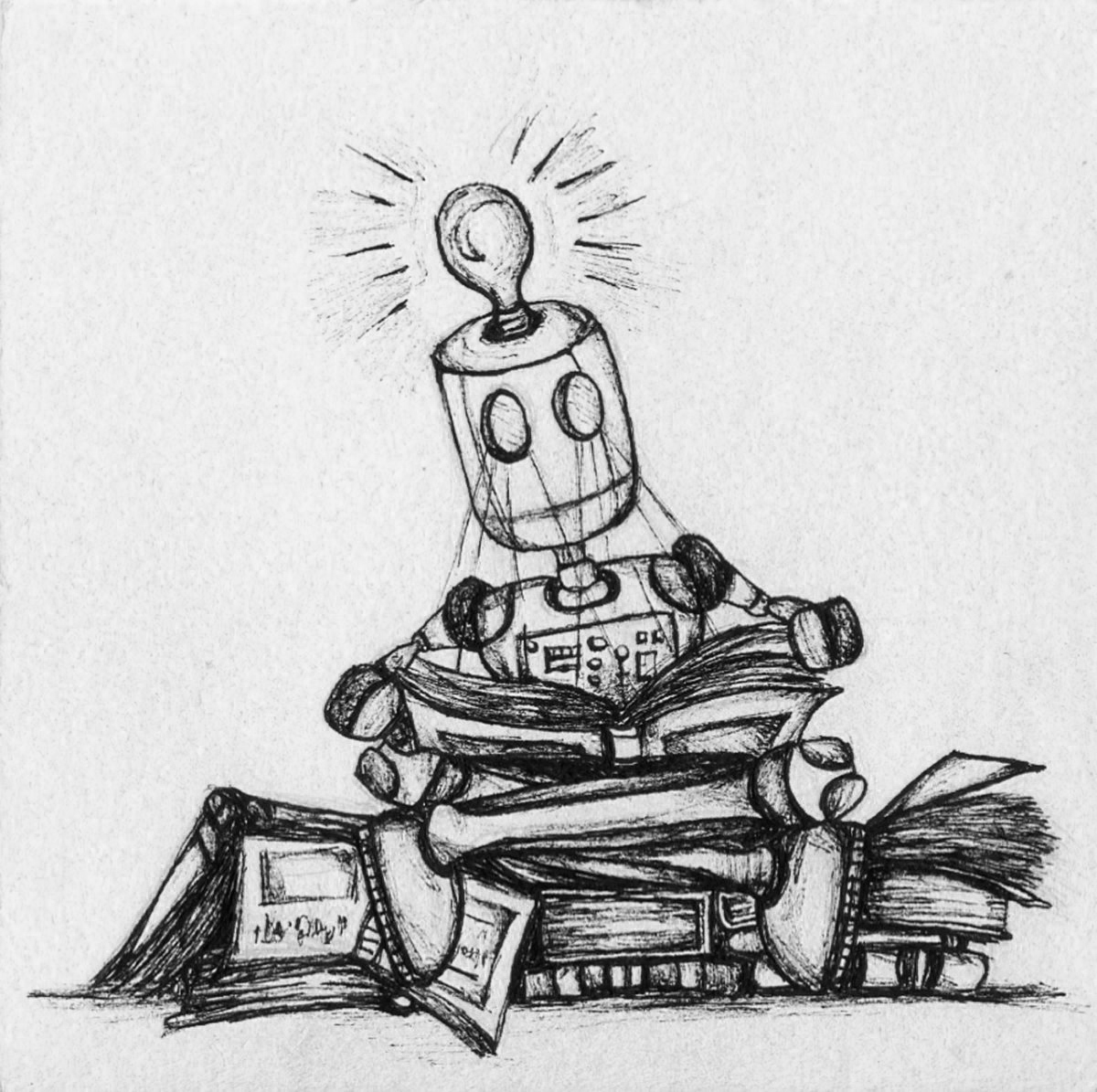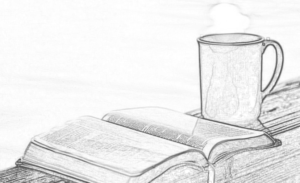Ashtanga Yoga is the type of yoga which was created and established by a master named K. Pattabhi Jois. Due to it’s theory containing eight different limbs, or components, it is also known as “Eight-Limb Yoga”. It doesn’t imply that the practitioner has a double set of limbs, but master Pattabhi Jois showed that the optimum path of purification is made up of the eight spiritual practices.
The basic idea is that these limbs only can be kept in balance by the appropriate application of the Ashtanga Yoga method.
The first four limbs that symbolize Ashtanga Yoga, and are considered externally correctable are (original names within double quotes):
– Moral codes or “yama”
– Self-purification or “niyama”
– Posture or “asana”
– Breath control or “pranayama”
Then there is the other set of limbs which are the internal practices:
– Sense control or “pratyahara”
– Meditation or “dhyana”
– Concentration or “dharana”
– Contemplation or “samadhi”
K. Pattabhi Jois declared that practicing these Eight Limbs as well as its sub-limbs of the external practices which contain the niyama and yama is impossible. In doing so, the body should be strong so that it can technically perform the methods well enough. If the body is weak, and the sense organs are not functioning well, practicing will never be productive at all.
This is a primary philosophy that K. Pattabhi Jois has applied, it is of prime importance for the Asthanga practitioner to learn and understand this way of thinking. This will make you confident in that the body will significantly improve and become stronger and healthier.
Vinsaya and Tristhana are performed in Ashtanga Yoga.
The Vinsaya is a style that makes Ashtanga and its fundamental principles different from the others. Vinsaya basically means the movement and breathing which is used effectively together in order to cleanse the body. Each movement done is accompanied by only one breath. Sweat is the most important product of Vinsaya. When you produce sweat, it only indicates that you are successfully applying the method. When you perform the Asanas, or postures, the body produces heat which causes your blood to “boil” and excrete the toxins outside of your body. The contaminations are found in your sweat. So the more sweat you produce, the more toxins are released. This is the natural way for the body to get rid of unwanted substances.
The poses are used to fully develop the physical strength and health of the body. It is the sequence of practices that make this possible. There are three postures used in Ashtaga Yoga.
The three are grouped on different levels:
– The first is the Primary Series which aims on aligning the body and also detoxifying it.
– The second is the Intermediate Series opening and cleansing the energy channels which comes to the process of purifying the Nervous System.
– The last series would be the Advanced Series from A to D. In this set, the grace and strength are assessed.
The Tristhana is another yoga principle which symbolizes the close union of the three places of action and attention. First is the posture, second is the breathing technique ad last is the Dristhi of the Looking Place. All these three should work altogether to perform a function.
The breathing is always controlled and synchronized with the movements, in such a way that each movement is accompanied by breath. Ujjayi Breathing is the Yoga Breathing Technique used in the implementation of Ashtanga Yoga. Applying this ancient technique is something that you should work on gradually in your daily practise. What you need to master is holding your pose longer at the same time hold your breath. This is an amazing breathing exercise that will intensify your internal fire and will toughen the Nervous System.
Both Ashtanga and Tristhana deal with the series of Dristhi. The Dristhi is defined as the point on which you acquire your focus or concentration while doing the Asana. This allows your mind to be purified and stabilized clearly.
Clearing your mind (that is sometimes compared to an over active monkey) and cleansing it is the ultimate goal in the Eight-Limb Yoga or Ashtanga Yoga.




